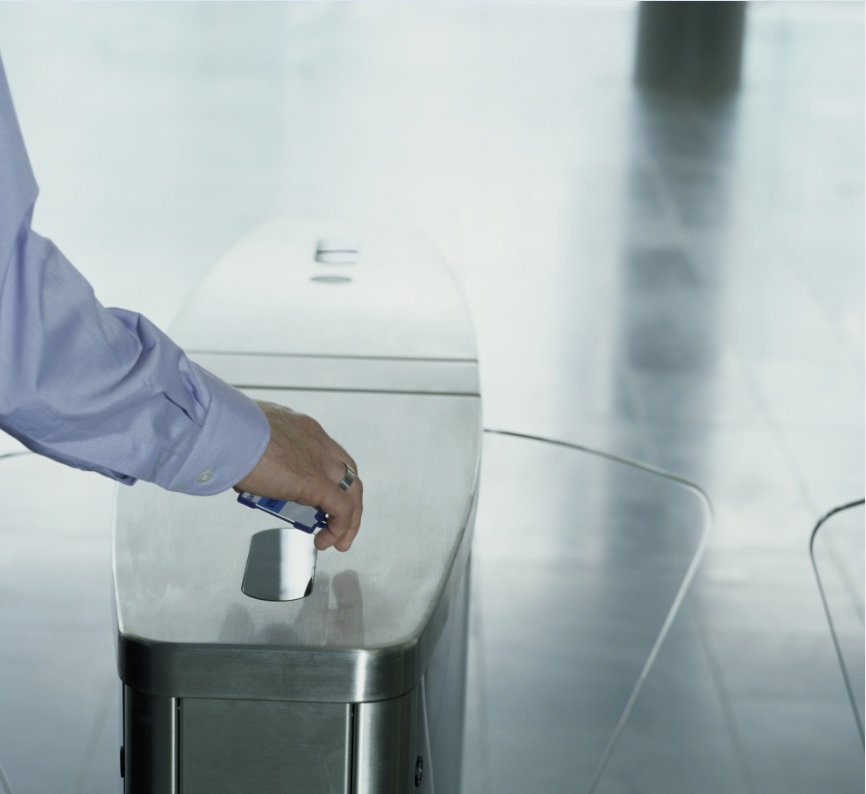Melbourne Airport continues to improve passenger services with a recent trial that has included self-service boarding with global travel technology provider SITA. The airport is focusing on using technology in new ways to improve processes to make the journey smoother for its passengers and the airlines that serve them.
Melbourne Airport"™s passenger improvements are underpinned by SITA"™s common-use platform, which has successfully delivered self-service check-in kiosks and automated bag drop throughout the airport. The self-boarding gates are the next step in delivering a highly efficient self-service passenger experience and reducing the cost of operations for the airlines using the airport. This is one of the six areas of a passenger"™s airport journey in IATA"™s Fast Travel program which aims to save the industry up to US$2 billion annually.
Over a three-month period, SITA worked with the airport to analyze the potential improvements that self-boarding gates can provide. Together, SITA and Melbourne Airport have implemented a self-boarding gate in T2 International which allows passengers to simply scan their boarding pass to gain access to the aircraft. Speed of processing, passenger perception and accuracy will be measured as the airport evaluates the benefits that self-service boarding offers passengers, airlines and Melbourne Airport.
Ilya Gutlin, SITA President, Asia Pacific, said: "SITA is committed to our technology partnership with Melbourne Airport which allows us to explore the potential benefits of services and plan the ideal solution implementation with the airport team. Moving forward, we are exploring how technology and innovative services can further improve the passenger experience and operations at Melbourne Airport."
Initial results of the self-boarding trial are positive with passengers showing strong interest and approval of boarding the aircraft by scanning their own boarding pass. The final results will now be analyzed by the SITA and Melbourne Airport teams.
This initiative is part of the overall airport development to enhance the experience for the 30 international airlines and more than 32 million passengers who currently use it.
"As Melbourne Airport focuses on optimizing the efficient use of assets, technology and innovation play an increasing role in providing better customer service," Melbourne Airport Executive Planning Michael Jarvis said.
"Working closely with expert vendors and service providers, like SITA, facilitates the testing of world-class solutions at Melbourne Airport and allows our passengers to be among the first to experience leading-edge technology that will improve their experience."



